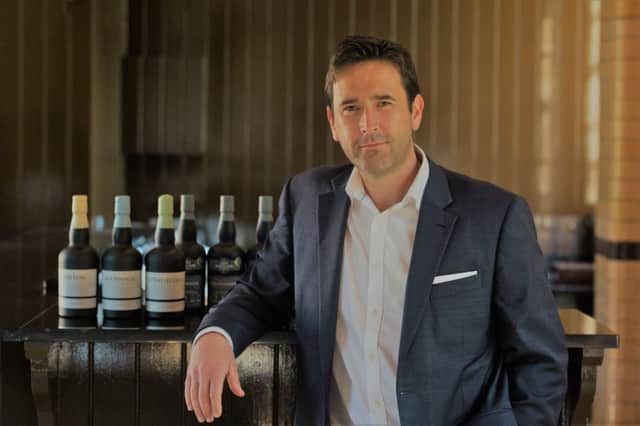Reviving spirit of Scotland's lost generation of distilleries


Riding the wave of the current success surrounding the Scotch whisky industry, the Lost Distillery Company, which launched in 2013, set out with a different mission in mind from the usual distillery creation or independent bottling route taken by other whisky start-ups.
Watson and co-founder Brian Woods instead set about looking to the past, searching through old archives – under the supervision of Professor Michael Moss of Glasgow University and his team – in a bid to rediscover little-known silent distilleries that had slid from the public’s consciousness a century or more before the current whisky boom.
Advertisement
Hide AdAdvertisement
Hide AdInstead of just providing the history of these fallen producers, Watson and Woods not only decided to try and revive the whisky produced by them, but also desired to bring them forward to the 21st century, modernising them and creating a sample of what these distilleries might have become had they not been the victims of previous industry collapses, the First World War and other economic factors.
In the past few years, the independent blenders have revived whiskies from a number of lost distilleries such as Auchnagie in Perthshire (closed in 1911), Jericho in Aberdeenshire (1913), Towiemore in Dufftown (1931) and Lossit on Islay (1867).
Watson explained: “Brian and I worked together nearly 20 years ago and spotted a gap in the market when we recognised that consumers and trade sought genuine craft whisky. However, through the contraction and consolidation in the market it had become increasingly difficult to find these craft whiskies. We decided to address this gap in the market by restoring some of Scotland’s former whisky legends of the past.”
The brand has just launched its latest revival, Dalaruan, a whisky which was last enjoyed in the 1920s. The distillery was founded in 1825 and, according to the archivists, played an integral part in the rise of Campbeltown as the ‘whisky capital’ of Scotland, which at its height, had 34 working distilleries, before competition from other regions and economic changes saw that number drop over the last century to just three. Watson said: “Dalaruan is a legendary whisky of its time that sadly closed through no fault of its own but an industry downturn, borne most heavily in Campbeltown. It was a highly respected malt and we hope our modern-day blended malt interpretation captures its essence.”
Without sample liqiuid to compare to, the LDC create their interpretations of the lost whiskies by blending aged single malts after the archive team have analysed all of the factors that may have affected the style of whisky produced at each individual distillery, with still size, production techniques, the location’s water profile, peat source, the barley and maturation techniques all taken into account and used to create notes on what they believe the whisky would have tasted like.
Originally working out of Kilmarnock, the brand is now based in Cumnock at Dumfries House, a 2,000-acre estate and 18th century house that was restored by Prince Charles in 2007, Watson added: “Our brand home at The Great Steward of Scotland’s Dumfries House in Ayrshire has been very important to us and supports our values as a business. Our ethos is very much about regenerating and protecting Scotland’s whisky heritage, which complements the wider vision HRH The Prince of Wales has for the estate and the region.”